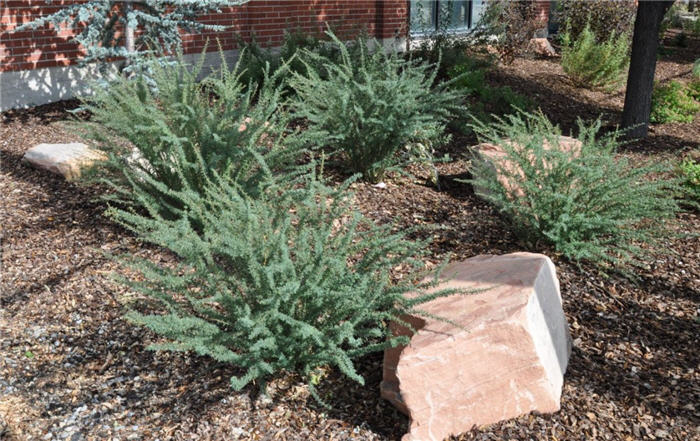| Botanical Name: Caragana pygmaea | |
| Common Name: Pygmy Peashrub |

-
Anatomy
-
Culture
-
Design
Plant Type
Shrub
Height Range
3-6'
Flower Color
Yellow
Flower Season
Spring
Leaf Color
Grey Green
Bark Color
Brown
Fruit Color
Brown
Fruit Season
Summer, Fall
Sun
Full, Half
Water
Very Low, Low
Growth Rate
Slow
Soil Type
Sandy, Clay, Loam, Rocky, Unparticular
Soil Condition
Average, Rich, Poor, Well-drained, Dry
Soil pH
Acid, Neutral, Basic
Adverse Factors
Attracts Bees
Design Styles
English Cottage, Formal, Mediterranean, Ranch, Spanish
Accenting Features
Showy Flowers
Seasonal Interest
Spring
Location Uses
Perennial Border, Shrub Border, Foundation
Special Uses
Hedge
Attracts Wildlife
n/a
Information by: Stephanie Duer
Photographer:
Photographer:
-
Description
-
Notes
Pygmy Peashrub is a deciduous, slow-growing, fine-textured shrub with a slighly pendulous habit, dark gray foliage, and spiny branches, eventually reaching 3 to 4 feet tall and wide. It has yellow, pea-shaped flowers in the spring, followed by brown pods. Fall color is yellow to yellow-green.
Extremely cold hardy; tolerates poor soils, drought, alkalinity, salt, wind. Good for hedges and screens. Blooms on previous year's wood, so prune right after flowering, if necessary.